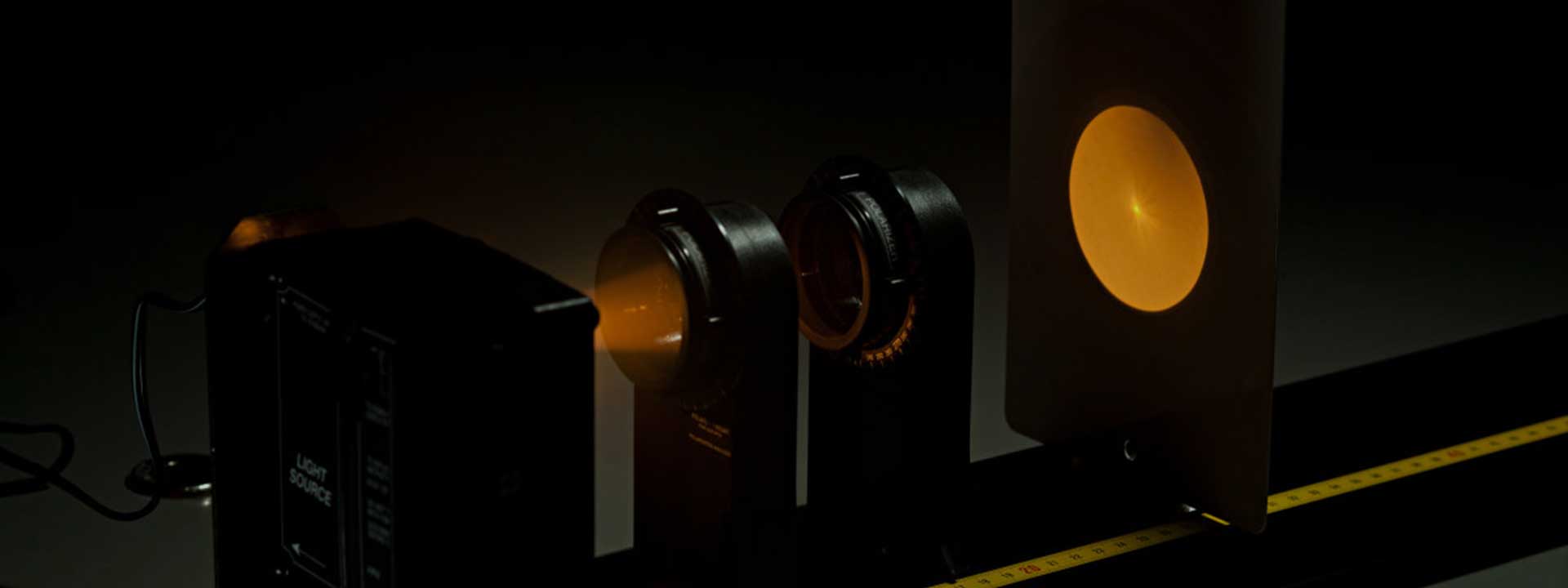Plano-convex L lenses/Mirrors are positive focal length elements that have one spherical surface and one flat surface. These lenses are designed for infinite conjugate (parallel light) use or simple imaging in non-critical applications. The use of a plano-convex L lens/mirror is ideal for all-purpose focusing elements.
If you want to know more information about a plano-convex lens/mirror, such as the use and refractive index of a plano-convex lens, please contact us.
Ecoptik Manufactures Plano Convex Lens.
The use of plano-convex cylindrical lenses: The plano-convex rectangular cylindrical lens can provide positive or negative focal length, which is very suitable for laser line generation or deformed beam shaping. It can be single-axis magnified in various optical applications to make the laser output circular. These plano-convex cylindrical lenses can be combined with other lenses to form a composite imaging system.
| Material | Optical grade glass/ Fused Silica/ Sapphire |
| Diameter | 2mm~300mm |
| Diameter Tolerance | ±0.05mm~±1mm |
| Surface Quality | 80/50, 60/40, 40/20, 20/10, 10/5 |
| Surface Accuracy | λ~λ/20 |
| Centration | 3 arc min~30 arc sec. |
| Coating | As per customer's request |
The main application fields of plano-convex lens are far-infrared collimator, stage lighting, automotive lighting, outdoor road lighting, airport lighting and indoor special lighting, etc.
First of all, from the imaging of the plano-convex lens, the light incident on the two sides of the plano-convex lens has a slightly different refractive index. So, in fact, the focal lengths on both sides are also different. But when using, it cannot be reversed. There is also a type of "plano lens", which is different from plano-convex and biconvex lenses. The incident light is reflected and perpendicular to the parallel incident characteristics to continue straight forward, and no refracted light is produced; it is the middle. The flat glass optical element with the same thickness as the edge is called a flat lens, a biconvex lens, and the light incident on both sides has the same refractive index. The same goes for focal length. Plano-convex lenses have slightly different refractive indices for light incident on both sides. So actually the focal lengths on both sides are also different.
A convex lens is a lens with a thicker center and thinner edges. Convex lenses are divided into biconvex, plano-convex, and concave-convex (or positive meniscus) forms. A biconvex lens, the light incident on both sides has the same refractive index and the same focal length.
Plano-convex lens, one side is flat and the other side is convex. This type of lens is used to gather parallel light, or to convert point light sources into parallel light.
The main use of plano-convex lens are far-infrared collimator, stage lighting, automotive lighting, outdoor road lighting, airport lighting and indoor special lighting, etc.
